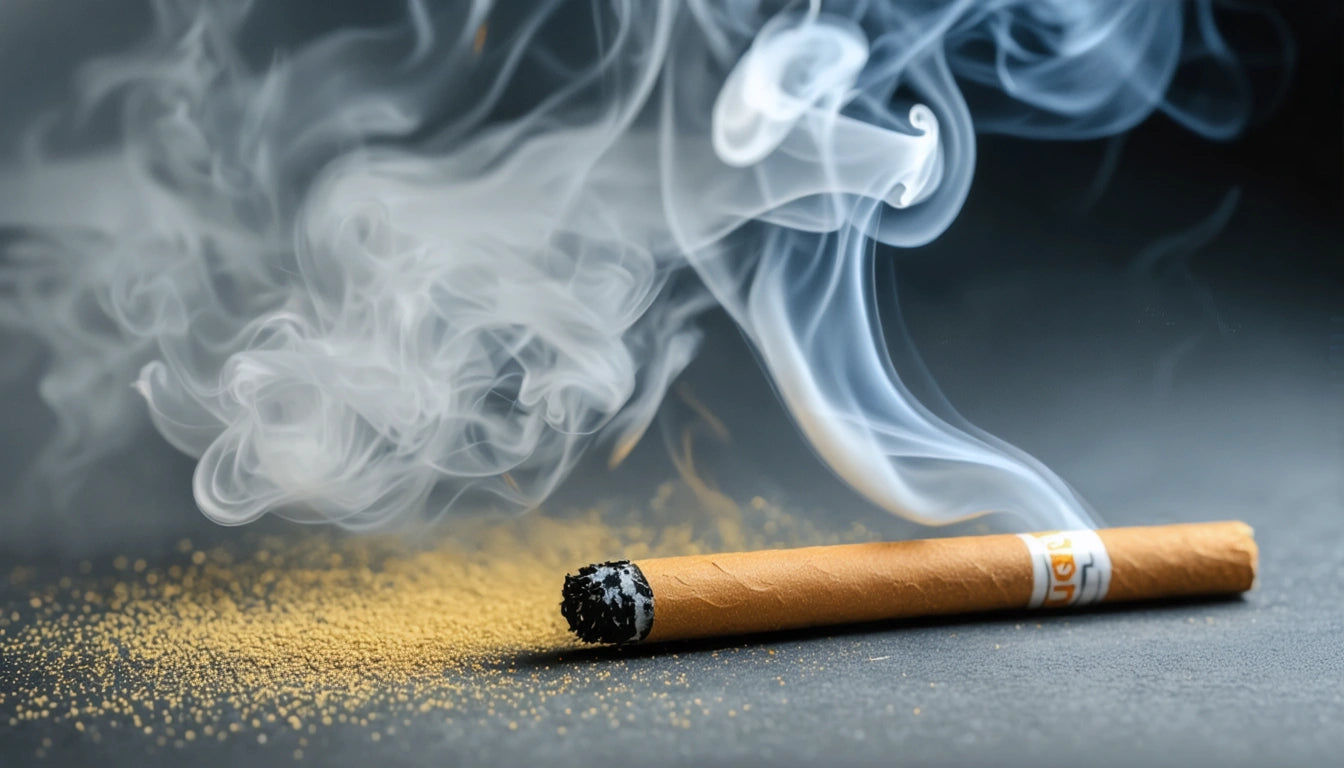Table of Contents
Understanding the 420 Code: The Three-Digit Number Representing Cannabis
In cannabis culture, certain symbols and codes have emerged to create a shared identity among enthusiasts. Among these, one three-digit number stands above all others as the universal representation of cannabis: 420. This numeric code has transcended its humble origins to become a worldwide phenomenon, appearing in everything from product names to celebration dates and legislative bill numbers.
Origins of 420: How the Three-Digit Number Became Cannabis Code
The number 420 (pronounced "four-twenty") originated in the early 1970s in San Rafael, California. A group of high school students known as "The Waldos" would meet at 4:20 PM to search for an abandoned cannabis crop. They would remind each other of their meeting time by saying "420" in school hallways, unknowingly creating what would become a global cannabis reference.
According to historical accounts of 420's origins, the term spread beyond this small group when one member's connection to the Grateful Dead helped popularize it among the band's followers. From there, it gradually expanded into mainstream cannabis culture.
Cultural Significance: How 420 Transformed Cannabis Identity
The three-digit number 420 has evolved from a simple meeting time to a multifaceted cultural symbol. It represents:
- A time of day (4:20 PM) when cannabis enthusiasts traditionally consume
- A calendar date (April 20th) for cannabis celebrations worldwide
- A shorthand reference to cannabis consumption ("Do you 420?")
- A code for identifying cannabis-friendly people, businesses, and events
This numeric representation has become so integrated into cannabis culture that it influences product development, marketing strategies, and even broader cultural perceptions of the plant.
Global Recognition: The Worldwide Spread of the 420 Code
What began as a local California phenomenon has expanded into a globally recognized symbol. The 420 code crosses language barriers and cultural boundaries, creating a universal shorthand for cannabis. April 20th celebrations now occur in countries around the world, from Canada to Australia.
The power of this numeric representation extends beyond casual references. In Colorado, legislators intentionally numbered a cannabis regulation bill HB-420, acknowledging the cultural significance of these three digits. Similarly, many cannabis businesses incorporate 420 into their names, product lines, or pricing strategies.
Cannabis Terminology: Understanding the Numerical Language
Beyond 420, cannabis culture has developed other numerical codes and measurement systems. Understanding these expanded numbers and references helps navigate the cannabis landscape:
- 710 - When flipped upside down, resembles the word "OIL," representing cannabis concentrates
- One-eighth (1/8) - A common cannabis purchase quantity, referring to 1/8 of an ounce (approximately 3.5 grams), as detailed in this measurement guide
- Quarter (1/4) - 7 grams of cannabis
- Half (1/2) - 14 grams of cannabis
These numerical references form a specialized language within cannabis culture, allowing consumers to communicate efficiently about quantities, consumption practices, and product types. As visual representations of cannabis weights show, these numerical standards help create consistency in the marketplace.
The importance of clear numerical systems extends to safety considerations as well. Regulatory standards for child-resistant packaging rely on specific numerical testing protocols to ensure cannabis products remain inaccessible to children while being usable by adults, highlighting how numbers play a crucial role in both cultural and safety aspects of cannabis.
The Future of Cannabis Coding: Evolution Beyond 420
As cannabis legalization expands and the industry matures, the numerical language surrounding it continues to evolve. New codes emerge as market trends shift and consumer preferences change. While 420 remains the dominant three-digit number representing cannabis, the growing diversity of cannabis products and consumption methods may lead to additional numerical references.
The cannabis industry increasingly incorporates other numerical systems, including:
- Cannabinoid percentages (THC/CBD levels)
- Terpene profiles measured in parts per million
- Strain categorization systems
- Dosage measurements for edibles and concentrates
These expanded numerical frameworks help consumers navigate the increasingly complex world of cannabis strains and products with greater precision than the broad cultural shorthand of 420 alone.
As cannabis continues its journey from counterculture to mainstream acceptance, the numerical codes that define it will likely become more sophisticated, specific, and scientifically grounded. Yet 420 will almost certainly retain its special status as the original and most recognizable three-digit number representing cannabis in our collective consciousness.











Leave a comment
All comments are moderated before being published.
This site is protected by hCaptcha and the hCaptcha Privacy Policy and Terms of Service apply.